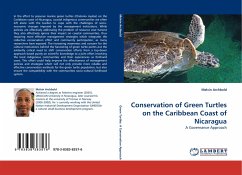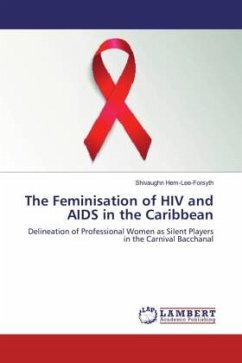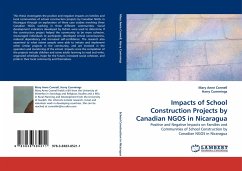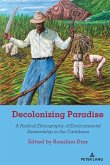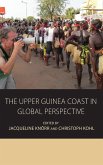In the effort to preserve marine green turtles (Chelonia mydas) on the Caribbean coast of Nicaragua, coastal indigenous communities are often left alone with the burden to cope with the challenges of socio-economic changes imposed by the management institutions. While policies are effectively addressing the problem of resource over harvest they also effectively ignore their impact on coastal communities, thus requiring more effective management strategies which integrates the collective conservation effort and community participation, as many researchers have exposed. The increasing awareness and concern for the cultural motivations behind the harvesting of green turtle points out the evidently critical need to shift conservation efforts from a top-down approach based purely on scientific knowledge to a joint effort involving the local indigenous communities and their experiences as firsthand users. This effort could help improve the effectiveness of management policies and strategies which will not only provide more reliable and effective conservation methods for the green turtle population, but also ensure the compatibility with the communities socio-cultural livelihood system.
Hinweis: Dieser Artikel kann nur an eine deutsche Lieferadresse ausgeliefert werden.
Hinweis: Dieser Artikel kann nur an eine deutsche Lieferadresse ausgeliefert werden.

